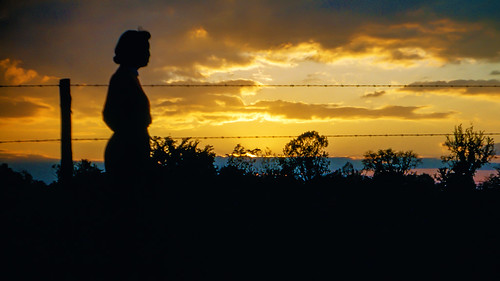In this edition of Aspiring Voices I sat down to chat with ED Martin, author of the forthcoming novel The Lone Wolf. We talked about humanistic psychology and its role in her writing, how finishing her first book led to ideas for more, and the downside of having creative impulses in the morning.

Paul: So I was kind of drawn to the tagline on your website that reads, “…stories of love and betrayal, sacrifice and redemption”. What is it about those things that attracts you as a writer?
ED: I have a degree in psychology, and I really enjoy examining people’s motivations for their actions and reactions. The themes I write about are universal, no matter the genre. So many conflicts people have revolve around love, but for me there’s no story in that. For me, it gets interesting when you have a character who loves someone, but maybe he betrays her somehow. How does she react to that? Or a character loves someone, but her goal isn’t the same as his. What’s he willing to give up to help her? And more importantly, why does one character react one way but another reacts differently? These themes are something we can all relate to; by writing from different perspectives, maybe I can help readers open their minds and better relate to other people.
Continue reading









